Magnets are fascinating objects that have captured the human imagination for centuries. From the ancient Greeks to modern scientists, people have been intrigued by the way magnets work and their many applications. Permanent magnets are a type of magnet that retains its magnetic properties even when it is not in the presence of an external magnetic field.we will explore the science behind permanent magnets and magnetic fields, including their composition, properties, and applications.
Section 1: What is Magnetism?
Magnetism refers to the physical property of certain materials that allows them to attract or repel other materials with a magnetic field. These materials are said to be magnetic or have magnetic properties.
Magnetic materials are characterized by the presence of magnetic domains, which are microscopic regions in which the magnetic fields of individual atoms are aligned. When these domains are properly aligned, they create a macroscopic magnetic field that can be detected outside the material.

Magnetic materials can be classified into two categories: ferromagnetic and paramagnetic. Ferromagnetic materials are strongly magnetic, and include iron, nickel, and cobalt. They are able to retain their magnetic properties even in the absence of an external magnetic field. Paramagnetic materials, on the other hand, are weakly magnetic and include materials such as aluminum and platinum. They only exhibit magnetic properties when subjected to an external magnetic field.
Magnetism has numerous practical applications in our daily lives, including in electric motors, generators, and transformers. Magnetic materials are also used in data storage devices like hard drives, and in medical imaging technologies like magnetic resonance imaging (MRI).
Section 2: Magnetic Fields
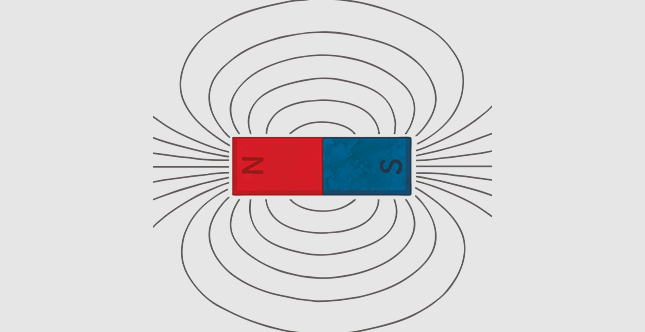
Magnetic fields are a fundamental aspect of magnetism and describe the area surrounding a magnet or a current-carrying wire where the magnetic force can be detected. These fields are invisible, but their effects can be observed through the movement of magnetic materials or the interaction between magnetic and electric fields.
Magnetic fields are created by the movement of electric charges, such as the flow of electrons in a wire or the spinning of electrons in an atom. The direction and strength of the magnetic field are determined by the orientation and movement of these charges. For example, in a bar magnet, the magnetic field is strongest at the poles and weakest at the center, and the direction of the field is from the north pole to the south pole.
The strength of a magnetic field is typically measured in units of tesla (T) or gauss (G), and the direction of the field can be described using the right-hand rule, which states that if the thumb of the right hand points in the direction of the current, then the fingers will curl in the direction of the magnetic field.
Magnetic fields have numerous practical applications, including in motors and generators, magnetic resonance imaging (MRI) machines, and in data storage devices like hard drives. They are also used in a variety of scientific and engineering applications, such as in particle accelerators and magnetic levitation trains.
Understanding the behavior and properties of magnetic fields is essential for many fields of study, including electromagnetism, quantum mechanics, and materials science.
Section 3: Composition of Permanent Magnets
A permanent magnet, also known as a "permanent magnetic material" or "permanent magnet material," is typically composed of a combination of ferromagnetic or ferrimagnetic materials. These materials are chosen for their ability to retain a magnetic field, allowing them to produce a consistent magnetic effect over time.
The most common ferromagnetic materials used in permanent magnets are iron, nickel, and cobalt, which can be alloyed with other elements to improve their magnetic properties. For example, neodymium magnets are a type of rare-earth magnet that are composed of neodymium, iron, and boron, while samarium cobalt magnets are composed of samarium, cobalt, iron, and copper.
The composition of permanent magnets can also be influenced by factors such as the temperature at which they will be used, the desired strength and direction of the magnetic field, and the intended application. For example, some magnets may be designed to withstand high temperatures, while others may be designed to produce a strong magnetic field in a specific direction.
In addition to their primary magnetic materials, permanent magnets may also include coatings or protective layers to prevent corrosion or damage, as well as shaping and machining to create specific shapes and sizes for use in different applications.
Section 4: Types of Permanent Magnets
Permanent magnets can be classified into several types based on their composition, magnetic properties, and manufacturing process. Here are some of the common types of permanent magnets:
1.Neodymium magnets: These rare earth magnets are composed of neodymium, iron, and boron, and are the strongest type of permanent magnets available. They have high magnetic energy and can be used in a variety of applications, including motors, generators, and medical equipment.
2.Samarium cobalt magnets: These rare earth magnets are composed of samarium, cobalt, iron, and copper, and are known for their high-temperature stability and corrosion resistance. They are used in applications such as aerospace and defense, and in high-performance motors and generators.
3.Ferrite magnets: Also known as ceramic magnets, ferrite magnets are composed of a ceramic material mixed with iron oxide. They have lower magnetic energy than rare earth magnets, but are more affordable and widely used in applications such as speakers, motors, and refrigerator magnets.
4.Alnico magnets: These magnets are composed of aluminum, nickel, and cobalt, and are known for their high magnetic strength and temperature stability. They are often used in industrial applications such as sensors, meters, and electric motors.
5.Bonded magnets: These magnets are made by mixing magnetic powder with a binder, and can be manufactured into complex shapes and sizes. They are often used in applications such as sensors, automotive components, and medical equipment.
The choice of permanent magnet type depends on the specific application requirements, including the required magnetic strength, temperature stability, cost, and manufacturing constraints.
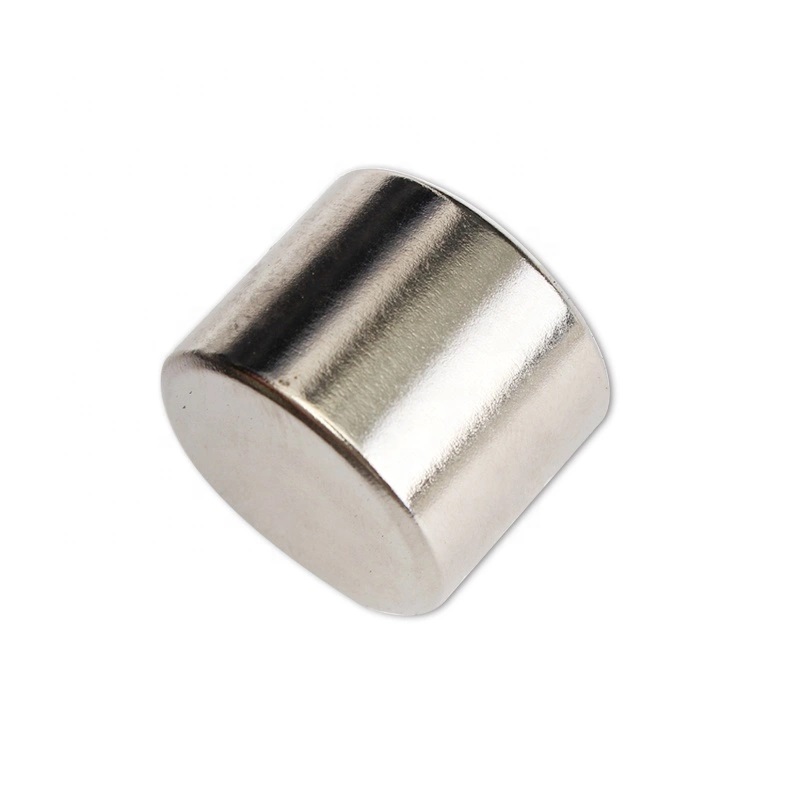
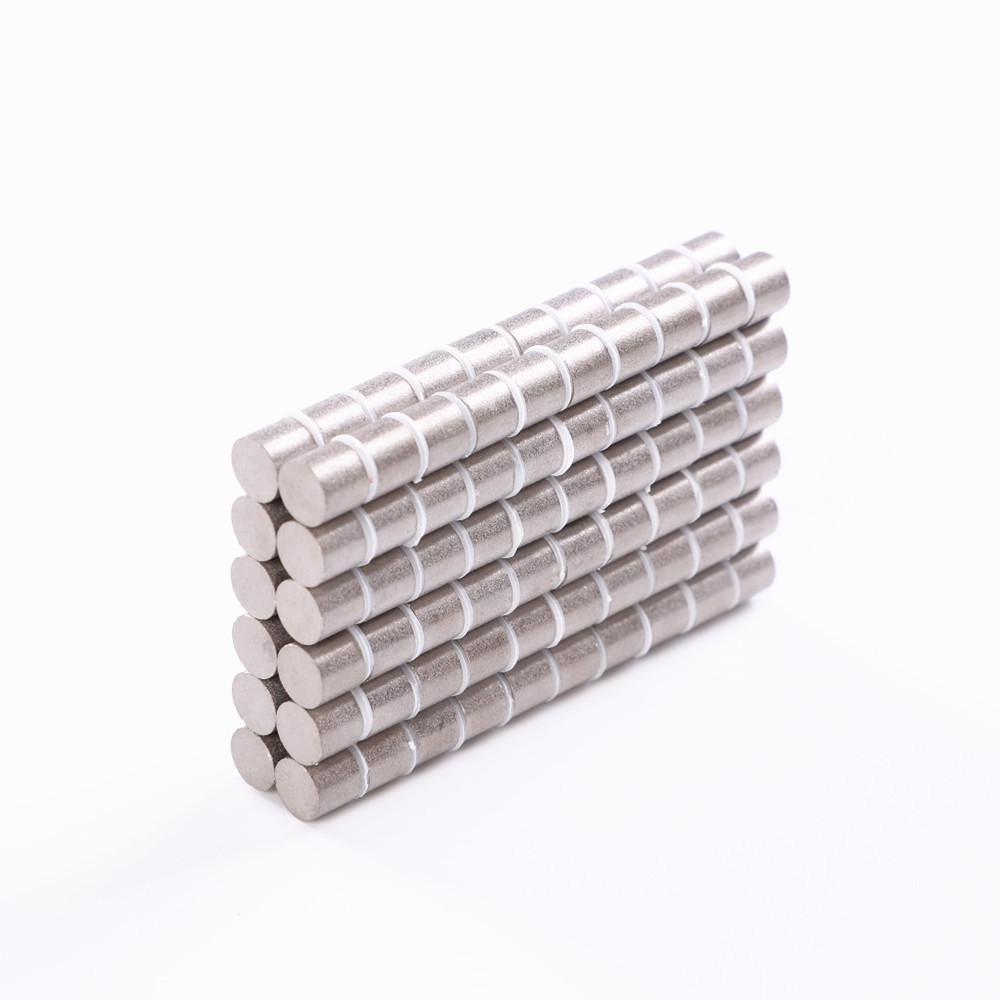
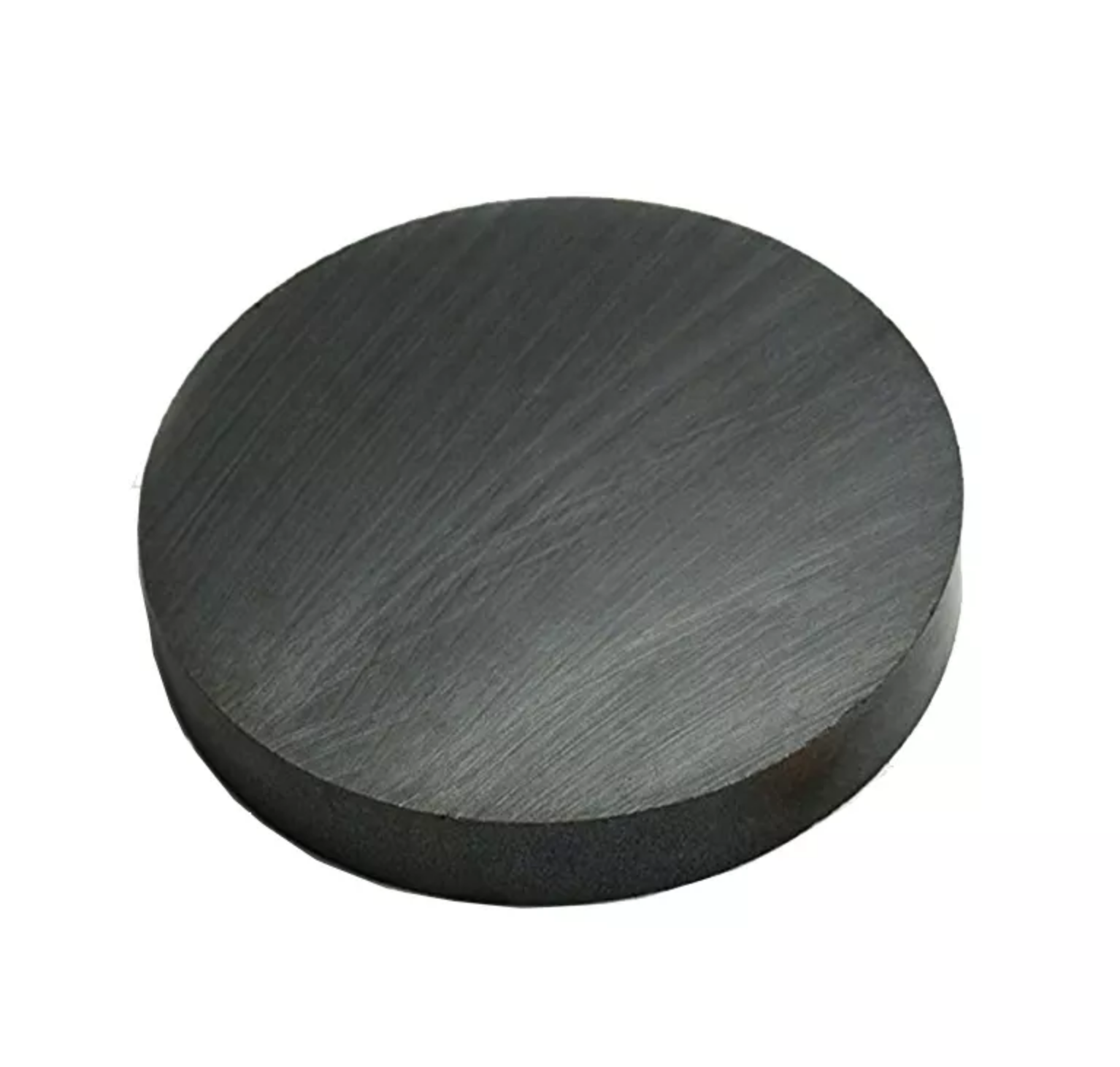
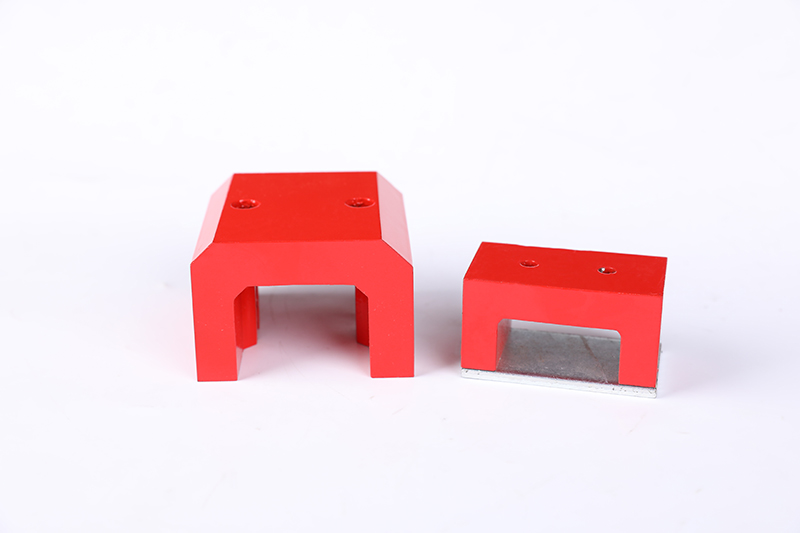
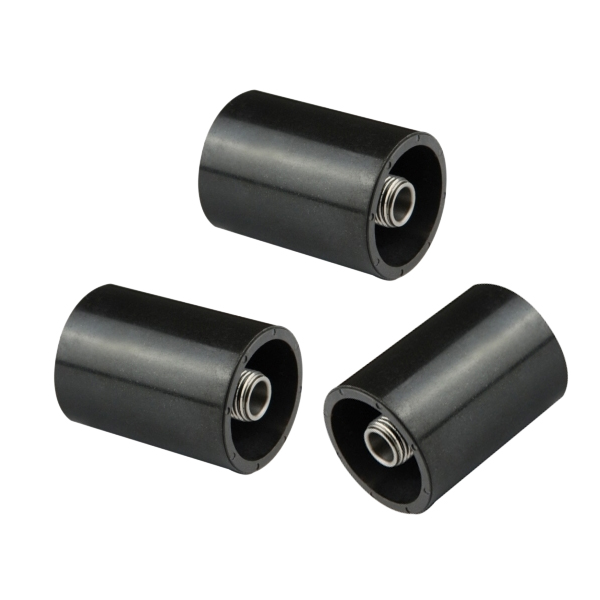
Section 5: How do Magnets Work?
Magnets work by creating a magnetic field that interacts with other magnetic materials or with electric currents. The magnetic field is created by the alignment of the magnetic moments in the material, which are microscopic north and south poles that generate a magnetic force.
In a permanent magnet, such as a bar magnet, the magnetic moments are aligned in a specific direction, so the magnetic field is strongest at the poles and weakest at the center. When placed near a magnetic material, the magnetic field exerts a force on the material, either attracting or repelling it depending on the orientation of the magnetic moments.
In an electromagnet, the magnetic field is created by an electric current flowing through a coil of wire. The electric current creates a magnetic field that is perpendicular to the direction of the current flow, and the strength of the magnetic field can be controlled by adjusting the amount of current flowing through the coil. Electromagnets are widely used in applications such as motors, speakers, and generators.
The interaction between magnetic fields and electric currents is also the basis for many technological applications, including generators, transformers, and electric motors. In a generator, for example, the rotation of a magnet near a coil of wire induces an electric current in the wire, which can be used to generate electrical power. In an electric motor, the interaction between the magnetic field of the motor and the current flowing through the coil of wire creates a torque that drives the motor's rotation.

According to this characteristic, we can design a special magnetic pole arrangement for splicing to enhance the magnetic field strength in a special area during work, such as Halbeck
Post time: Mar-24-2023



